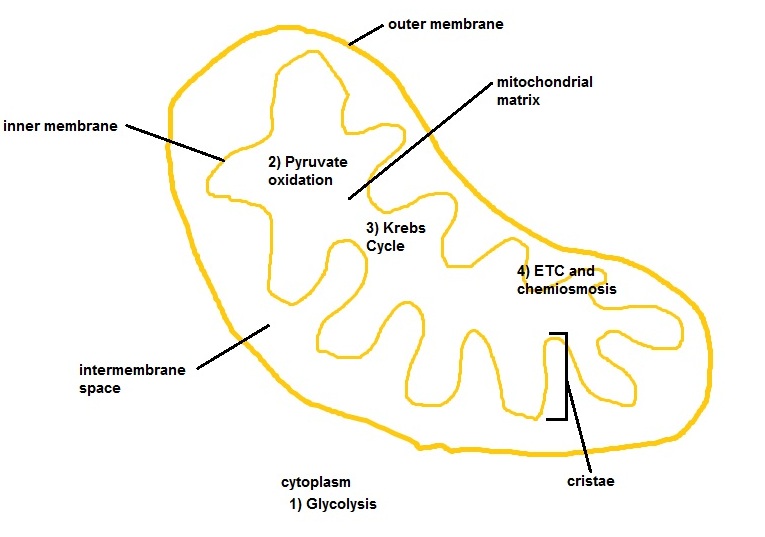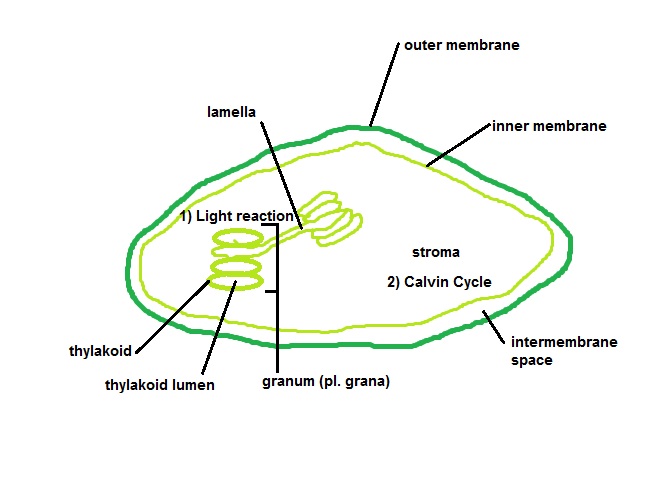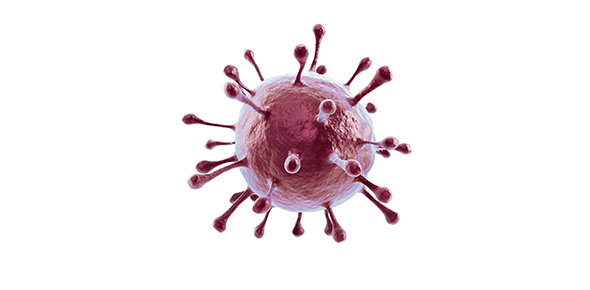Related Flashcards
Cards In This Set
| Front | Back |
|
What are the steps of cellular respiration, in order of their occurrence?
|
1. Glycolysis
2. Pyruvate oxidation 3. Krebs Cycle 4. Electron transport chain and Chemiosmosis |
|
What is the purpose of the Krebs Cycle?
|
To produce NADH + H+ and FADH2.
|
|
Draw and label the mitochondria. Indicate where the stages of cellular respiration take place.
|
 Diagram of a mitochondria |
|
Draw and label the chloroplast. Indicate where the stages of photosynthesis take place.
|
 Diagram of a chloroplast |
|
What part may lipids play in cellular respiration?
|
- breaks down into fatty acids and glycerol
- glycerol might become glucose or other intermediate through gluconeogenesis - fatty acids become acetyl-CoA |
|
What is substrate-level phosphorylation? When does it occur? What is oxidative phosphorylation? When does it occur? Which is more efficient?
|
- substrate-level: using an enzyme to bond phosphate group and ADP together to make ATP
- during glycolysis and Krebs Cycle - oxidative: using the transfer of electrons to power the creation of ATP - during electron transport chain and chemiosmosis - more efficient for most organisms (but not some others like yeast) |
|
Differentiate between cellular respiration and fermentation (3 points).
|
- cellular respiration is aerobic, fermentation is anaerobic
- cellular respiration has many more steps than fermentation - cellular respiration is far more efficient (fermentation makes 2 ATP, respiration 36) |
|
What are the reactants and products of pyruvate oxidation? Where do the products go?
|
- reactants: 2 pyruvate, 2 NAD+, 2 CoA
- products: 2 acetyl-CoA, 2 CO2, 2 NADH + H+ - 2 acetyl-CoA triggers Krebs Cycle - 2 CO2 is exhaled as waste - 2 NADH + H+ carries hydrogens and electrons to ETC and chemiosmosis |
|
What are the functions of the light reaction products ATP, NADPH + H+ and O2?
|
- ATP utilized to build carbohydrates (anabolism)
- NADPH + H+ reduces intermediates in Calvin Cycle - O2 is given off as waste |
|
How are the ETC and chemiosmosis able to synthesize ATP?
|
- NADH + H+ deposits protons and electrons
- electrons transferred between proteins in increasing order of electronegativity until finally accepted by oxygen - electron transfer powers proton movement into intermembrane space via proton pumps - protons accumulate in intermembrane space - some protons repelled back into matrix, enter via ATP synthase - releases energy, used to manufacture ATP |
|
What is the purpose of chlorophyll?
|
Location of photoexcitation (energizing or excitement of electrons). Enables ETC to take place and produce ATP.
|
|
What is the first intermediate in the Krebs Cycle? What are its components?
|
Acetyl-CoA (2 C) + oxaloacetate (4 C) => citrate (6 C)
|
|
What is G3P and why is it important?
|
- Glyceraldehyde 3-phosphate
- intermediate in glycolysis and product of Calvin Cycle - simplified form of glucose - important because produced in photosynthesis => can be converted to a variety of sugars (whichever is needed); also reduced to pyruvate in glycolysis |
|
What are the final electron acceptors of the ETCs in a) cellular respiration and b) photosynthesis?
|
A) oxygen
b) NADP+ |
|
Why are plants important to all life on Earth?
|
- produce carbohydrates through photosynthesis, which are then eaten and digested by all other living organisms for energy
- take in CO2, maintaining stable levels of it (it is a waste product for animals, so too much will kill them) - let off oxygen, maintaining stable levels of it (plants and other organisms need it for cellular respiration) |






